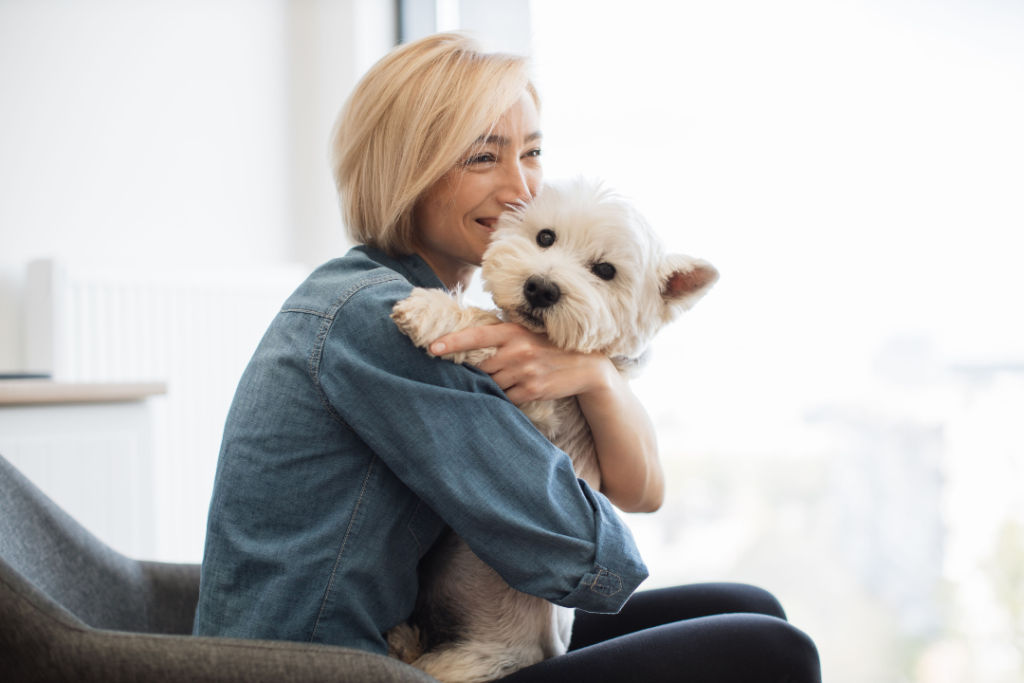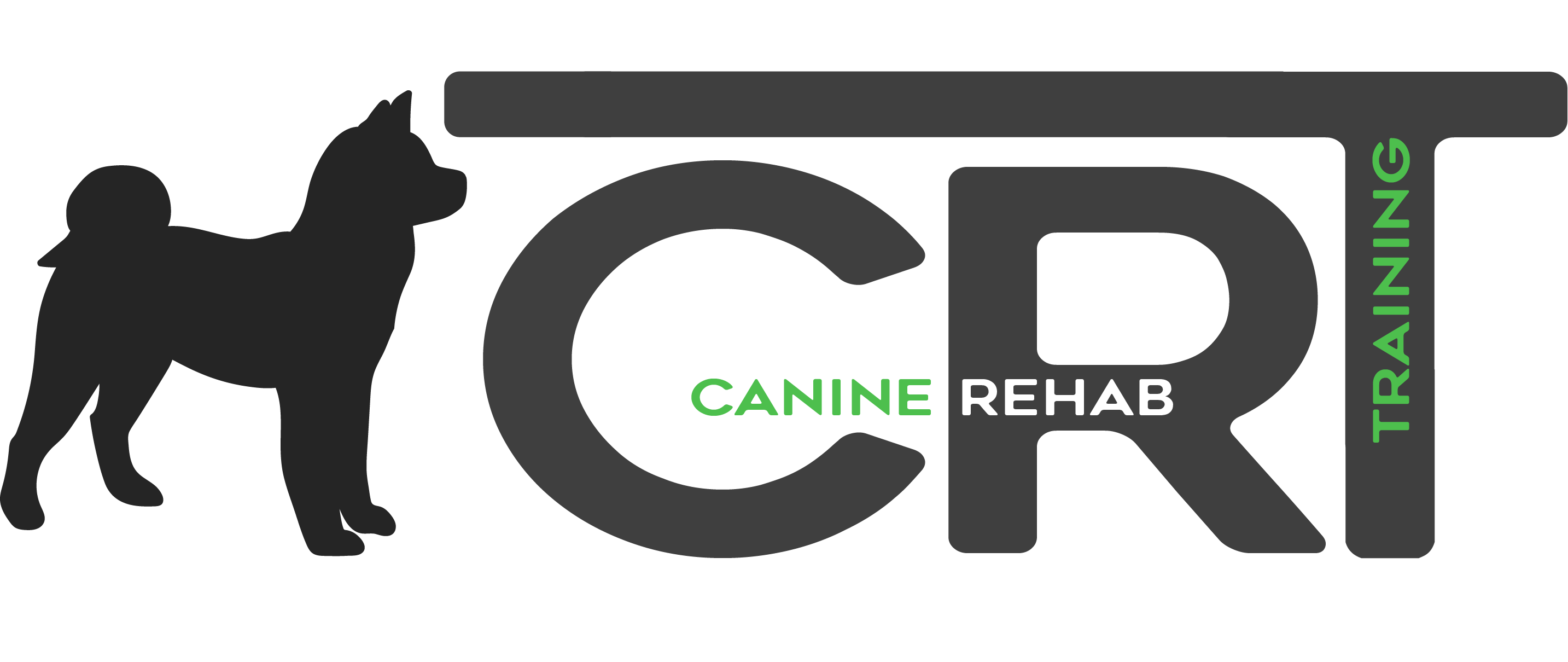How to Get a Dog to Like You
Welcome to the exciting world of canine companionship! As an experienced dog training professional and enthusiast at CRT K9, I am excited to offer you a wealth of knowledge on how to forge a deep and enduring bond with your dog. Understanding that dogs are more than just pets – they are loyal companions and integral members of our families – is key to this journey. Let’s explore the rewarding path to capturing your dog’s heart and nurturing a lasting relationship. Join me in this fascinating exploration, where every step brings us closer to our four-legged friends.

Understanding and Interpreting Dog Behavior
Dogs communicate primarily through body language and behavior. It’s essential to understand the subtleties of their communication to build a strong, trusting relationship.
Dog Psychology
Canines have unique personalities and emotional responses, much like humans. Understanding dog psychology means recognizing their basic needs for affection, play, exercise, and discipline. Dogs experience emotions like joy, fear, and anxiety, and they express these through various behaviors. Recognizing these signs is key to understanding their needs and responses.
Reading Dog Affection
Dogs show affection in numerous ways: a nuzzle, a playful bark, or a gentle lean against your legs. Each of these actions has a unique meaning. A wagging tail can indicate happiness, but it can also be a sign of nervousness or agitation. Understanding these nuances helps in responding appropriately and deepening your bond.
Debunking Dog Behavior Myths
There are many misconceptions about dog behavior. For instance, not all growls are aggressive; sometimes, they’re just playful. Similarly, a dog rolling over doesn’t always invite belly rubs – it can also be a sign of submission or fear. Understanding these nuances is crucial in interpreting their actions correctly.
The Art of Building Trust with Your Dog
Trust is the foundation of your relationship with your dog. It’s about understanding, patience, and consistency.
Patience and Consistency
Building trust with a dog requires time and patience. Dogs, especially those with a troubled past, might take longer to open up. Consistency in your actions and reactions helps in building a predictable environment for your dog, which is essential for fostering trust.
First Encounters
When you first meet a dog, it’s important to approach them calmly and let them come to you. Avoid direct eye contact initially, as dogs can perceive this as a threat. Instead, offer a sideways stance and extend your hand slightly, letting them sniff and get accustomed to you.
Respecting Boundaries:
Dogs, like humans, have personal space and boundaries. It’s important to recognize and respect these. If a dog retreats or shows signs of discomfort, give them time and space. Forcing interaction can lead to fear or aggression.
Communicating with Your Do
Communication with dogs isn’t just about words; it’s about body language, tone, and consistency.
The Impact of Body Language
Dogs are adept at reading body language. Your posture, movements, and facial expressions all convey messages to your dog. Open, relaxed postures make dogs feel at ease, while tense or aggressive body language can be intimidating.
The Role of Verbal Communication
While dogs may not understand our language, they do pick up on specific words and the tone of voice. Use simple, consistent commands during training and everyday interactions. A calm, positive tone encourages cooperation, while a harsh tone can induce fear or confusion.
Consistency in Commands
Consistency is key in dog training. Using the same words for commands and maintaining a consistent tone helps your dog understand and respond appropriately. This consistency also helps in building their confidence and trust in you.
Bonding Through Play and Activities
Interactive games like fetch, tug-of-war, and hide-and-seek are not only enjoyable but also provide mental stimulation for your dog. These activities strengthen your bond, improve your dog’s cognitive skills, and keep them physically fit.
Regular walks are crucial for your dog’s physical and mental well-being. Walks provide an opportunity for exercise, exploration, and socialization. They also reinforce your role as the pack leader, establishing a sense of security and routine for your dog.
Playtime should be structured to provide both fun and learning. Use this time to reinforce commands, improve social skills, and build confidence. Reward good behavior with treats, praise, or more playtime.

Positive Reinforcement
Positive reinforcement stands as a cornerstone of effective dog training, harnessing the power of rewarding desired behaviors to encourage repetition and adherence. This method involves more than just treats; it’s a harmonious blend of various rewards such as praise, petting, or playtime, ensuring that dogs value human affection and approval as highly as tangible treats. In the realm of training, positive reinforcement creates a favorable association with learning and obedience, reshaping the training process into an enjoyable and rewarding experience, rather than one of fear or reluctance. Moreover, the role of affection in this context cannot be overstated – a gentle pat, a heartfelt belly rub, or warm verbal praise often proves as potent as any treat, forging a deeper emotional connection between dogs and their human companions.
Creating a Safe and Comfortable Environment for Your Dog
Creating a safe and comfortable environment is essential for your dog’s well-being, encompassing more than just the physical space but also fostering a sense of security and belonging. A dog-friendly home is paramount, requiring the removal of potential hazards, providing a cozy bed, and ensuring a quiet retreat space for your dog’s needs. It’s important to view your home from your dog’s perspective, as what may seem safe for humans could pose risks for them. Additionally, dogs, much like humans, can experience anxiety and discomfort. It’s vital to be vigilant for signs of stress, such as excessive barking, pacing, or destructive behavior. In such cases, creating a calm environment is key, and seeking advice from a veterinarian or a dog behaviorist might be necessary to address persistent issues.
Socialization
Socialization is fundamental in nurturing a well-adjusted and confident dog, involving gradual exposure to diverse people, animals, environments, and experiences in a controlled and positive way. Introducing your dog to these new experiences should be done cautiously, starting in neutral settings to closely monitor their reactions. Such measured introductions help in building confidence and mitigating fear or aggression. While dog parks and public spaces offer excellent opportunities for socialization, they can sometimes be overwhelming. It’s crucial to supervise your dog’s interactions in these spaces and be prepared to step in when necessary, bearing in mind that not every dog encountered in these areas may be friendly or well-socialized.
The Importance of Health and Wellness in Your Dog’s Life
The health and wellness of your dog play a pivotal role in their happiness and overall quality of life. Regular health checks and proper grooming, including nail trims, ear cleaning, and coat brushing, are essential for maintaining your dog’s health and also serve as a means to detect any health issues early on. Alongside these, a balanced diet is critical for their physical and mental well-being. Consulting with a veterinarian to determine the most suitable diet for your dog’s age, breed, and health status is important, as nutrition greatly influences their mood and behavior. Additionally, being alert to changes in your dog’s appetite, behavior, or energy levels is crucial, as these may signal health concerns. Prompt detection and treatment of such issues are vital for effective management and ensuring your dog’s long-term health and happiness.
Advanced Bonding Techniques
Advanced bonding techniques go beyond basic training and care, offering ways to further deepen the connection with your dog. Enrolling in training classes for both basic obedience and advanced skills is a great way to learn new commands and enhance communication with your dog. These classes strengthen mutual understanding and foster a deeper bond. Exploring dog sports and activities such as agility, flyball, or dock diving provides not only physical and mental stimulation for your dog but also presents an enjoyable opportunity for you both to bond and work together as a team. Additionally, maintaining long-term consistency in your interactions, routines, and expectations lays the foundation for a strong, enduring bond. This consistency cultivates trust and understanding, vital for a happy and healthy relationship with your dog over the years.
Conclusion
Building a deep and meaningful relationship with your dog is a journey filled with learning, patience, and love. By understanding their behavior, communicating effectively, and providing a safe and nurturing environment, you can develop a bond that is both rewarding and enduring. Remember, every dog is unique, and what works for one may not work for another. Approach each day with patience and empathy, and enjoy every moment of this wonderful journey with your furry friend.
